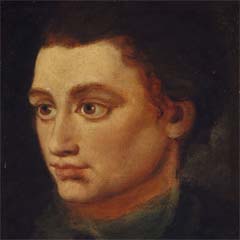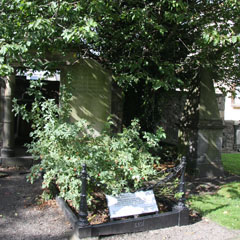
Burns Monument
Burns Monument, 1759 Regent Rd, Edinburgh EH7
The idea to erect a monument to Burns was first proposed by John Forbes-Mitchell of Thainstone, Aberdeen, in Bombay in 1812. Expatriates raised a ‘considerable sum’ (£27,500, 2018 prices) and John raised more when he was back in Britain. A committee was formed with the Duke of Atholl as Chair, in 1819 at the London Freemason’s Tavern. Three of its members made their money in India: George Elphinstone, 1st Viscount Keith; Charles Forbes, head of Forbes & Co. of Bombay; and his relative, John Forbes-Mitchell. Thomas Hamilton, the architect, also designed the Alloway Burns Monument and the Royal High School (opposite).
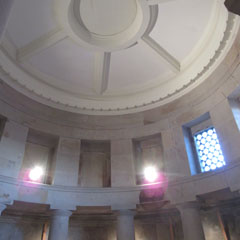
Inside the Burns Monument.
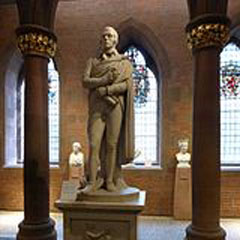
The original Burns Statue by Flaxman, now in the Portrait Gallery in Queen Street.
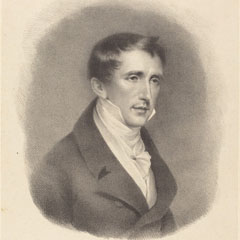
John Forbes-Mitchell of Thainstane, 1820s.
Find out more


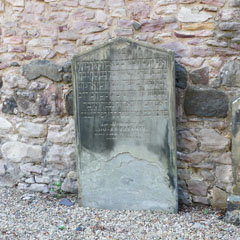
 3 Sciennes House Place, Edinburgh EH9 1NN
3 Sciennes House Place, Edinburgh EH9 1NN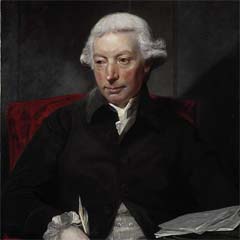

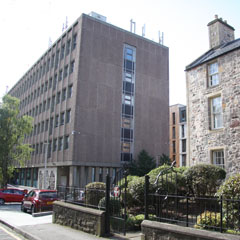 13 St John St, Edinburgh EH8 8DG
13 St John St, Edinburgh EH8 8DG
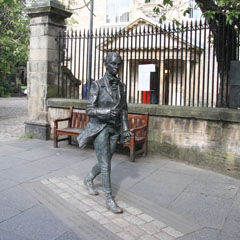 153 Canongate, Edinburgh EH8 8BN
153 Canongate, Edinburgh EH8 8BN